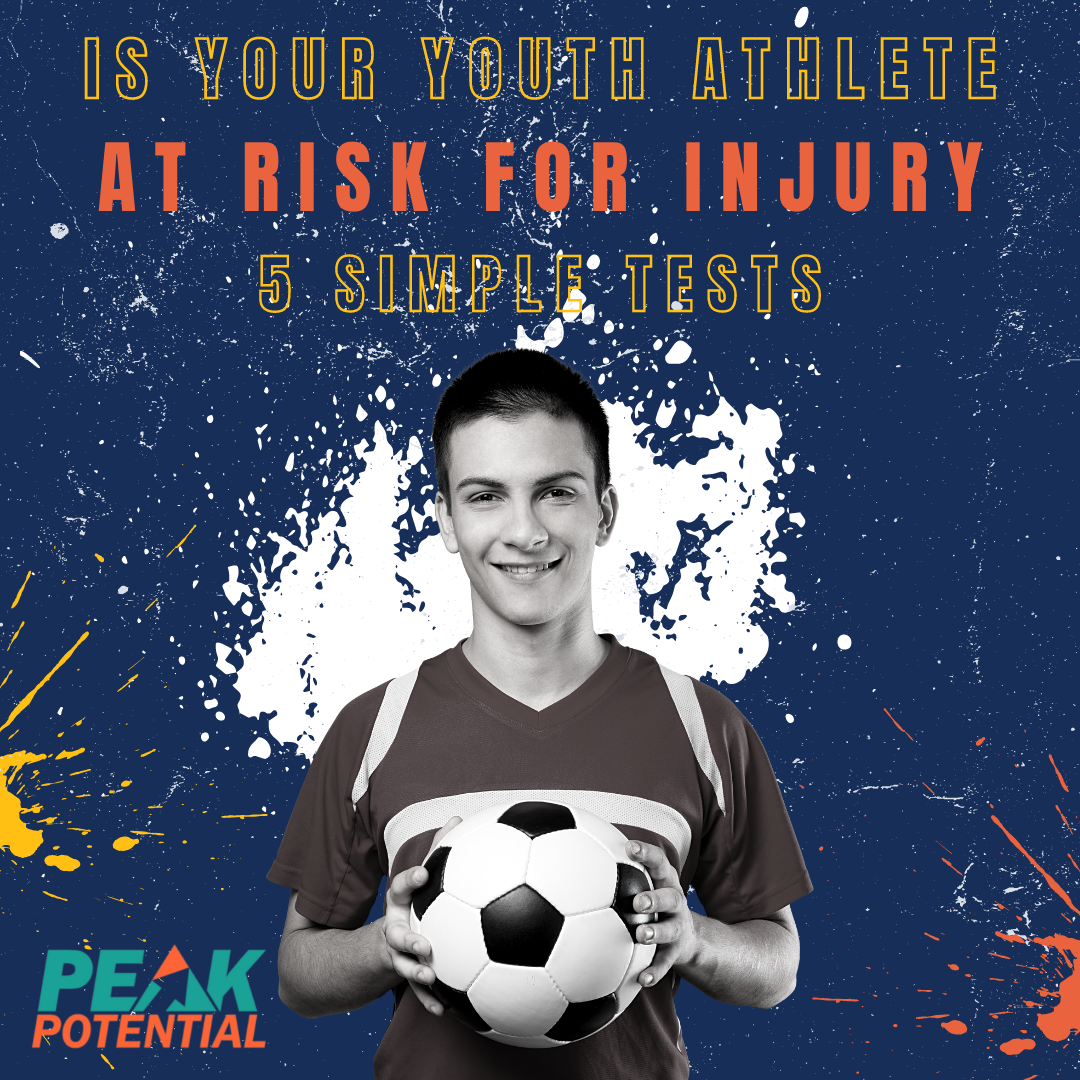Summertime is prime time to get your fitness routine in gear – either formally at the gym, around the local track, or recreationally at the golf course. We love to see it each year because exercise is one of the best things you can do for your body and mind. However, with that can come complications. We want to help you prevent summer overuse injuries.
There are two main types of fitness injuries we see as physical therapists. Their are traumatic injuries like a dislocated shoulder or broken bone. The other is an injury that comes from damage that builds up over time. A stiff back or sore elbow could be an overuse injury that comes from working too frequently or too intensely a particular area. You may not see any visible signs, but your muscles and surrounding tissues still need to recover.
Try these tips that will help you stay active and prevent an overuse injury from creeping up this summer.
1. Schedule Rest Time
Your body grows stronger when you give it adequate time to heal between workouts or strenuous activities. Summer is peak season for many sports, so people often overtrain. An overuse injury is often a forced break when you aren’t choosing to schedule adequate recovery time. If your training schedule leaves little time for rest, discuss additional strategies with a sports performance expert.
2. Vary Your Activities
Repetitive movements put more stress on your body because you keep using the same parts in the same way. Try alternating exercises or work the body in a different way. For example, work your legs with box jumps for explosive power alternating with squats for muscle growth other days. Or alternate long runs with short sprints or strength training days.
3. Use Nutrition to Support Recovery
If you are fueling your body with the nutrients it needs to repair muscle, build new bone, and decrease inflammation you aren’t as likely to experience an injury. Most of us need more protein and omega 3’s, but I can’t give you a specific prescription because you are unique. That is why we use Fitness & Nutrition DNA Testing to dial in exactly what your body needs to optimize your health and recover like a pro!
4. Refresh Your Equipment
Is your gear still the right size for you? Do your running shoes have holes? Are your flat feet asking for orthotics in your golf shoes? Has the grip on your racket seen better days? Be sure your equipment is in good working order, not worn down too much, offers proper support, and is the right size for your body.
5. Drink More Water
The heat of the summer can easily lead to dehydration. What does this have to do with injury? Hydrated tissues (like muscles, tendons, and ligaments) are less likely to be injured. So drink enough water and electrolytes to keep your tissues supple.
6. Build Up Gradually
Avoid pushing for too much too soon, especially in group settings. Respect where your body is starting out (were you a couch potato all winter and just now getting back to the gym?) and know you have time to get where you want to be. Adding about 10% a week to your weight, distance, or speed works best for the average adult.
7. Avoid Popping Pain Medication
Pain medication can keep you from being able to listen to your body. It masks symptoms that are trying to tell you that damage is occurring. Of course, take medication when appropriate but don’t use it in order to keep exercising and cause further damage.
8. Listen to Your Body
Fun summer sports like pickleball or a game of pick up basketball can distract us from listening to our body. If muscle tightness and soreness, or joint aches and stiffness, creep up during or after play consider that a signal that your body needs help. Get your movement assessed by a professional before an injury occurs. You won’t miss a beat on the court!
Sports and fitness activities should not leave you in pain and unable to walk for days. The good news is that most overuse injuries can be prevented if you know the signs and take action promptly.
Do you feel like you already have an injury creeping up? Let’s not wait until your sidelined in a boot or sling. Take action now to stay strong and fit with proper recovery. Talk to one of our orthopedic experts today to get a personalized prevention or recovery plan for your overuse injuries. REQUEST A CALL by clicking HERE!

